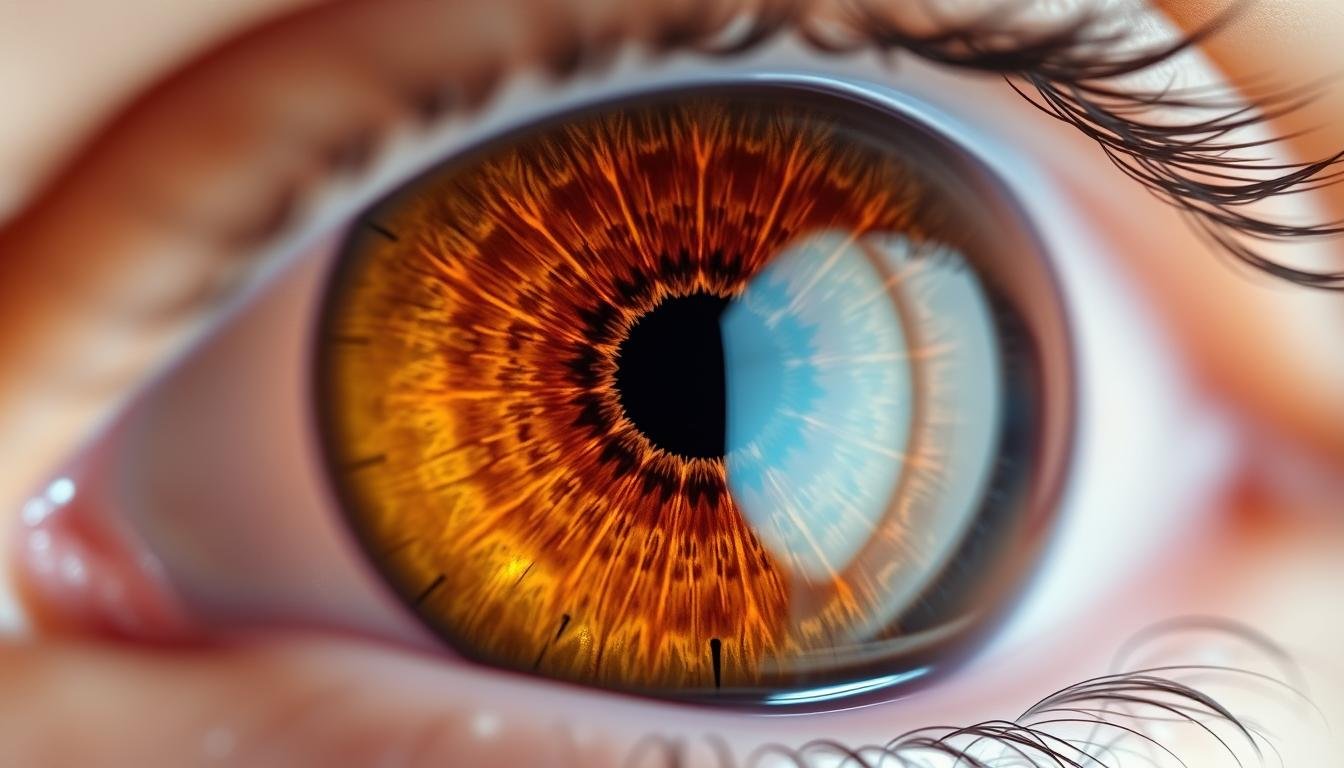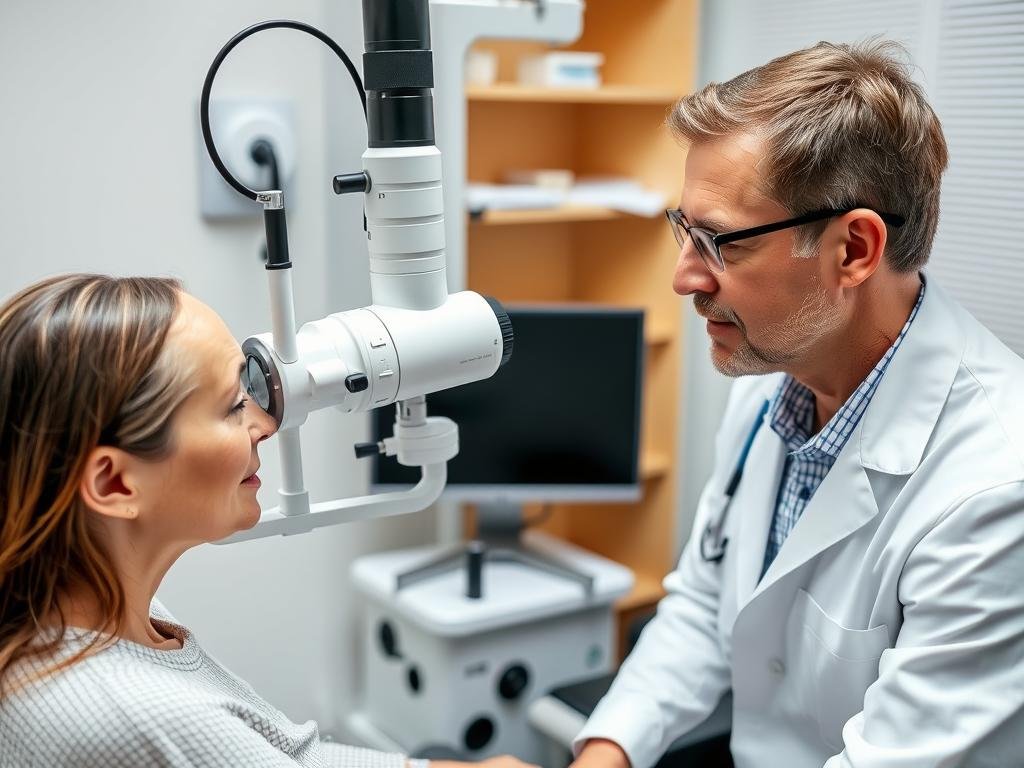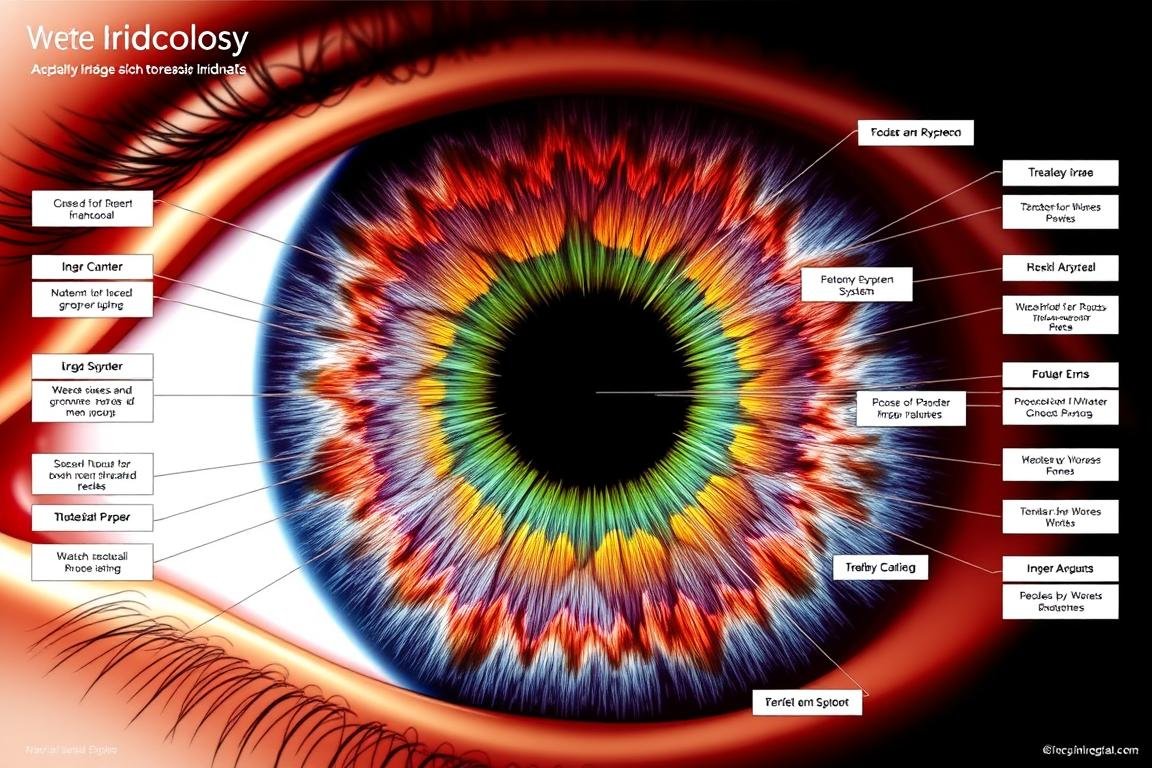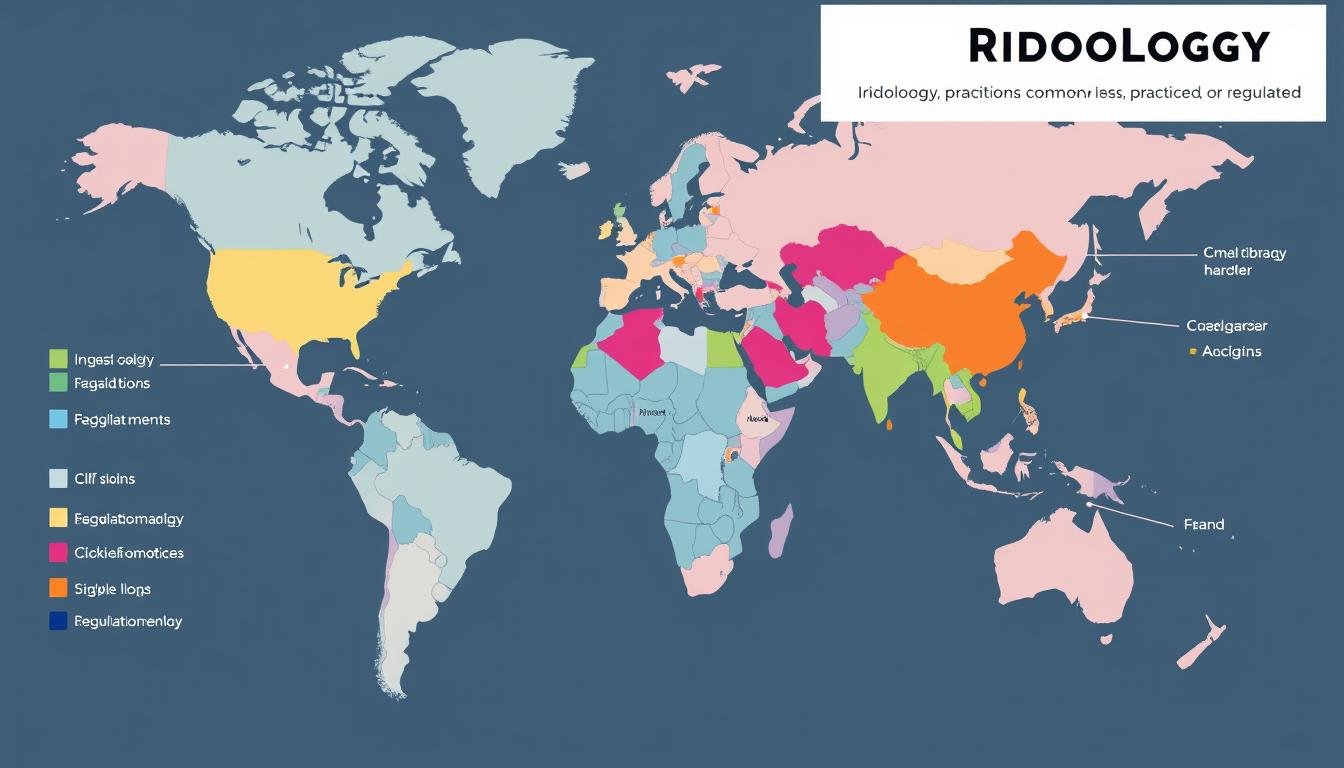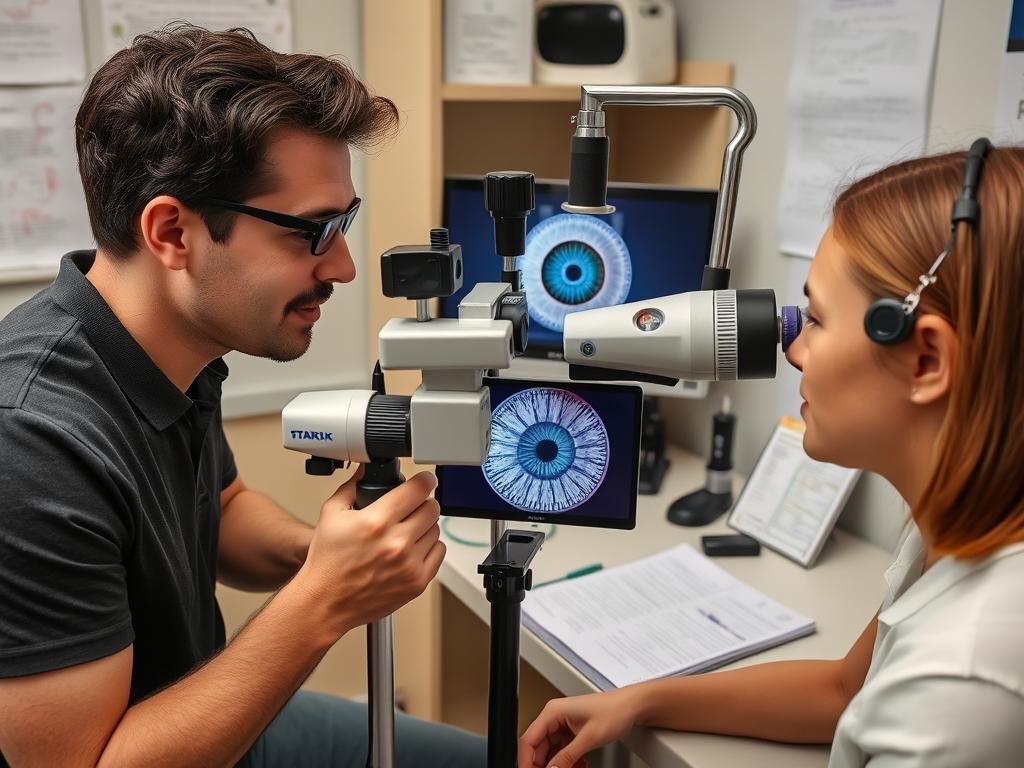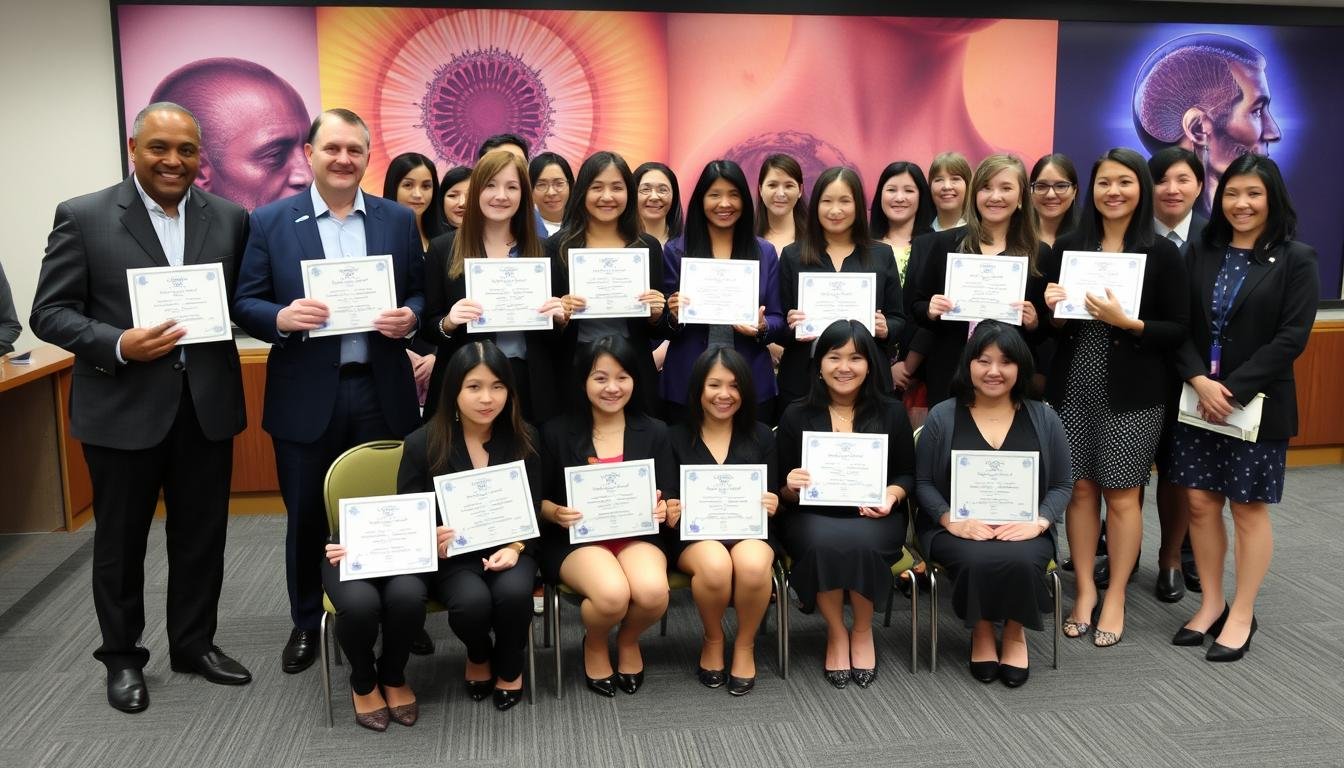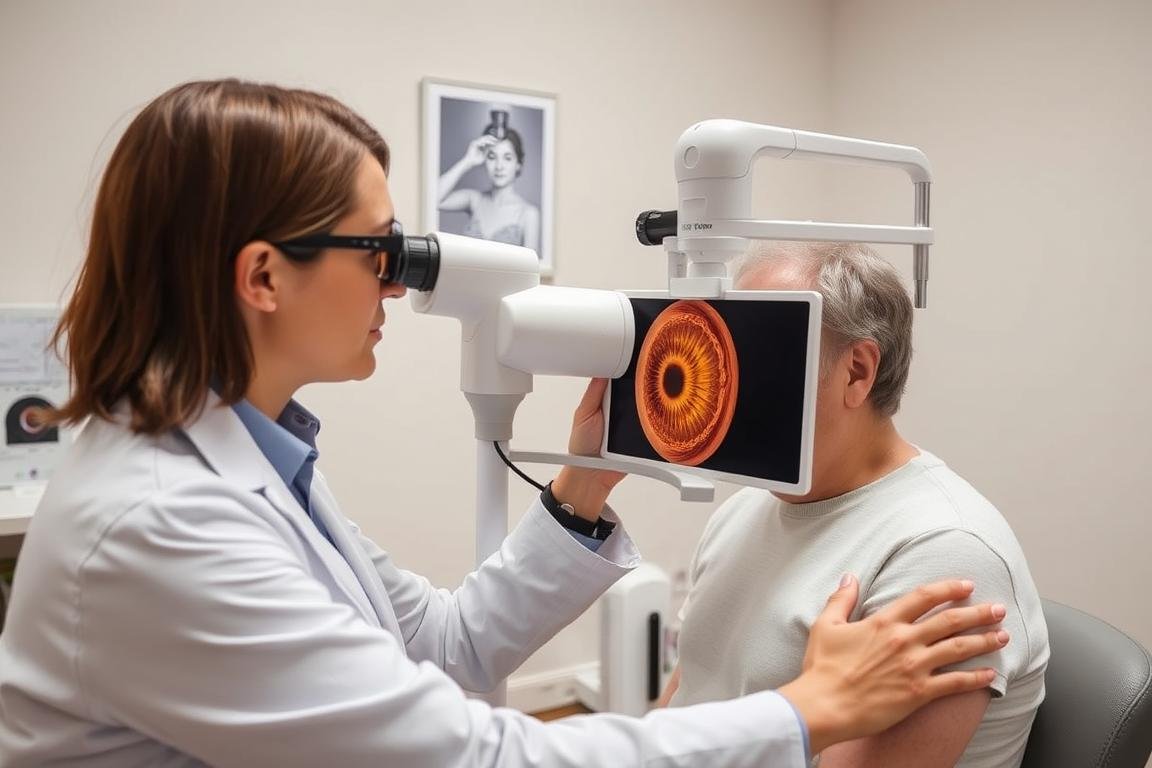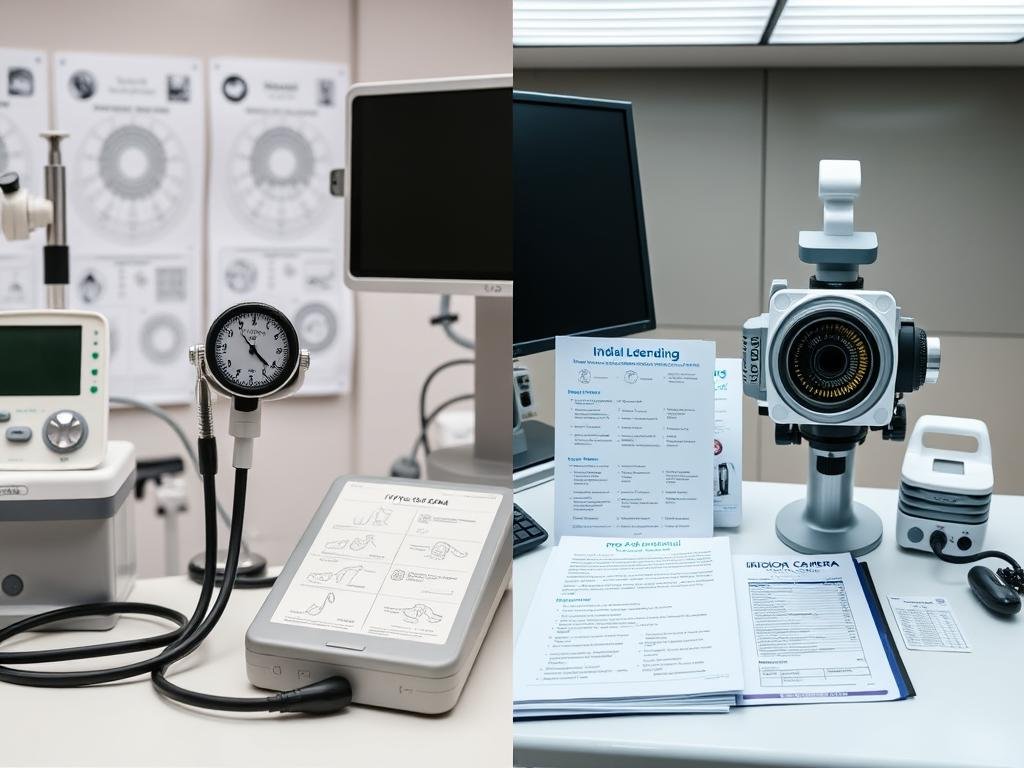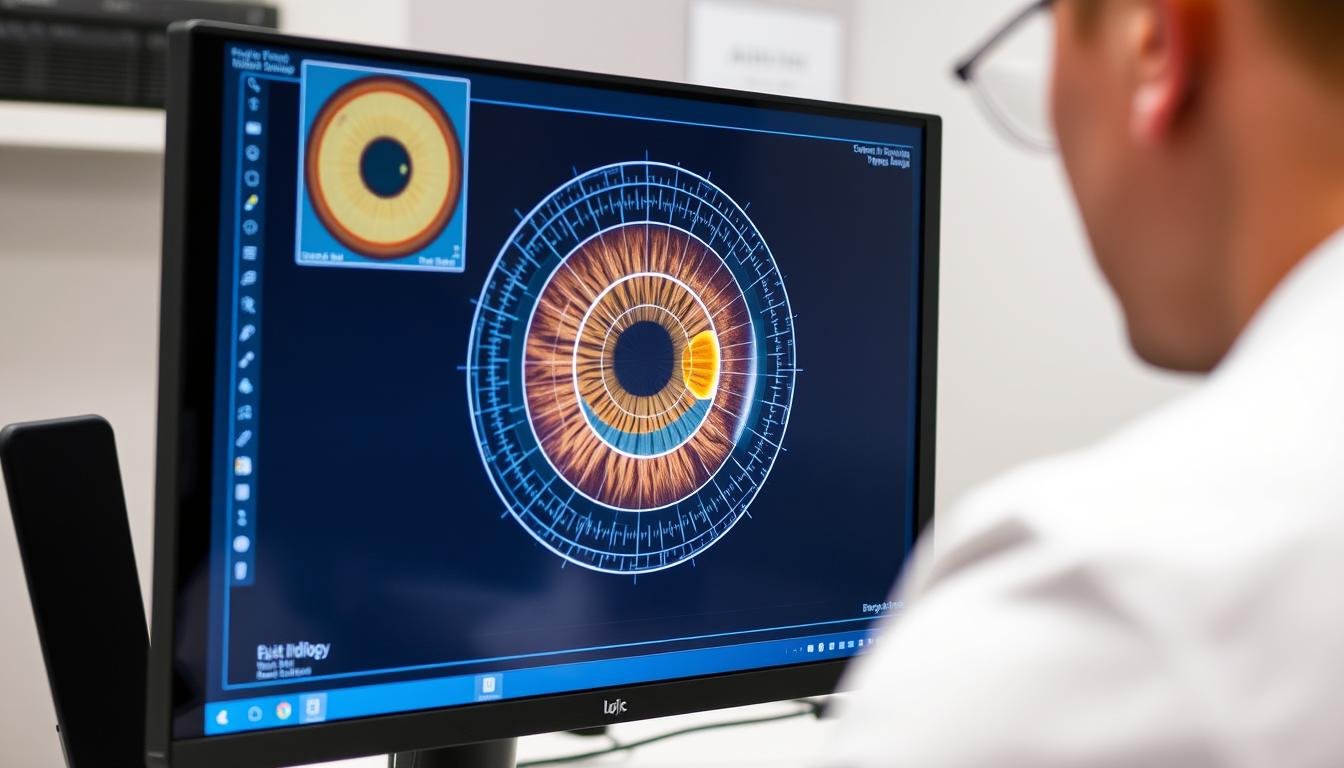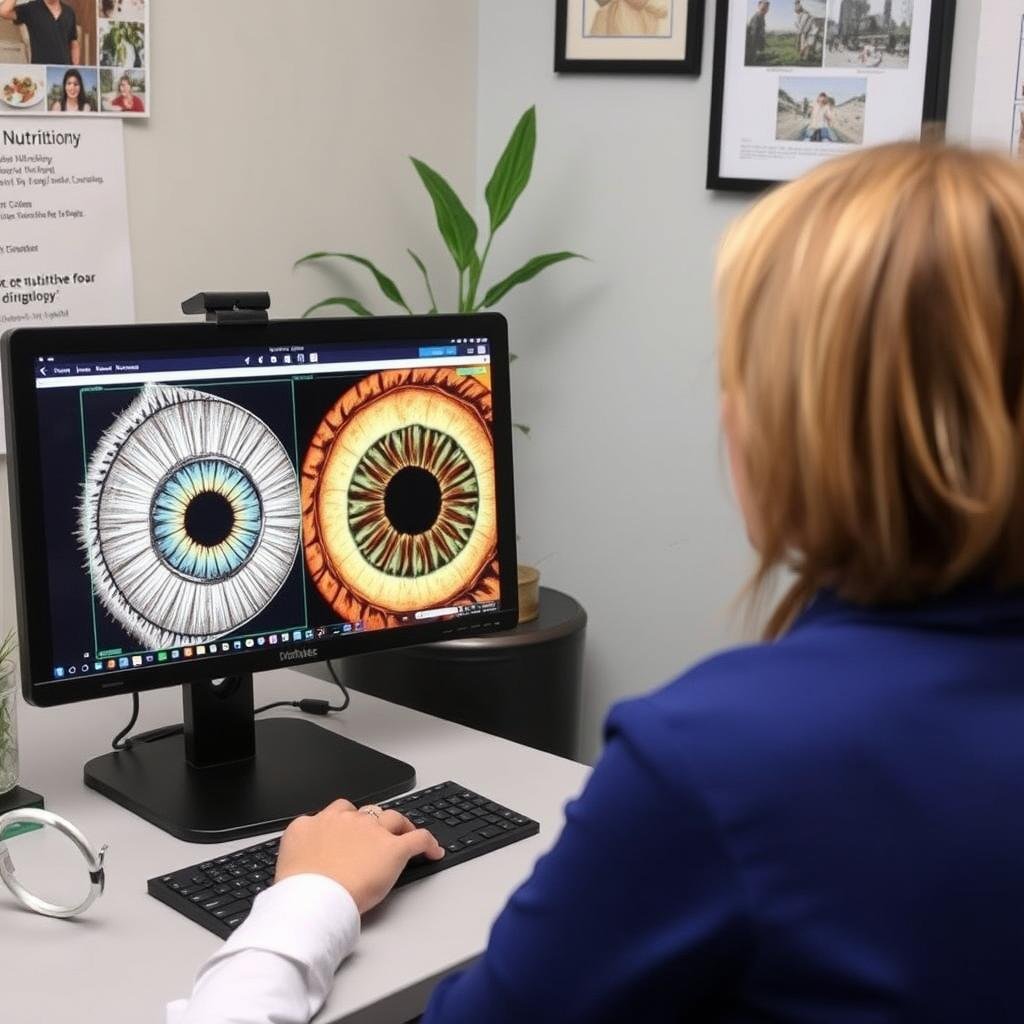| Digestive System |
Inflammation, acidity levels, digestive efficiency |
Nutritional counseling, digestive support protocols |
| Lymphatic System |
Congestion, toxin accumulation, immune response |
Detoxification programs, immune support |
| Nervous System |
Stress patterns, nerve irritation, autonomic balance |
Stress management, nervous system support |
| Circulatory System |
Blood vessel integrity, circulation efficiency |
Cardiovascular health programs |
| Endocrine System |
Hormonal imbalances, glandular activity |
Hormonal balance protocols, endocrine support |
| Respiratory System |
Respiratory capacity, mucus accumulation |
Respiratory health programs, allergy management |
| Urinary System |
Kidney and bladder function, filtration efficiency |
Kidney support, hydration protocols |
| Musculoskeletal System |
Mineral balance, structural integrity |
Mineral supplementation, structural support |
| Integumentary System |
Skin health, elimination capacity |
Skin care protocols, detoxification support |
| Reproductive System |
Hormonal balance, reproductive health |
Fertility support, hormonal balancing |
| Immune System |
Immune response, inflammation patterns |
Immune strengthening protocols |
| Hepatic System |
Liver function, detoxification capacity |
Liver support, detoxification programs |
| Sensory Systems |
Sensory organ health, neural connections |
Sensory support protocols |
| Metabolic Function |
Metabolic rate, energy production |
Metabolic support, energy enhancement |
| Constitutional Assessment |
Genetic predispositions, inherent strengths/weaknesses |
Personalized wellness planning |













